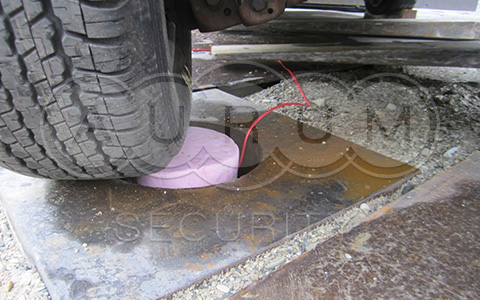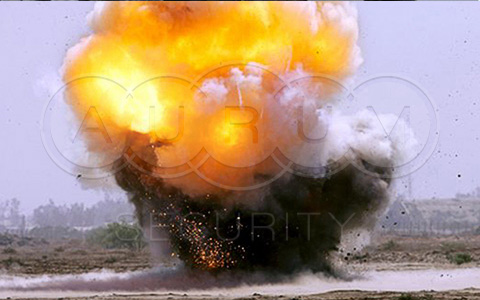You can compare the results of influence on various certified vehicles by using several blast test regulatory standards.
One of the main standards issued by the NATO standardization agreement not only of IED blasts, but of strikes from kinetic energy and artillery. Thus, the STANAG 4569 standard regulates different threats for meaningful comparison; specifically it's covering «Protection Levels for Occupants of Logistic and Light Armored Vehicles» standards.
According to this standard mines are classified as:
- Anti-Personnel mines, specifically: blast mines,-and fragmenting mines.
- Anti-tank mines, specifically blast mines and shaped charge mines.
As it is assumed the fragments and products of detonation cannot pose any threat to the occupants if the car preserves its integrity. However, pressure can affect the auditory and non-auditory internal organs such as head, neck, spine, thoraco-lumbar spine and lower leg.
What is interesting is that the impact of the mine on the certified car depends on the loading conditions, which at first glance are not related to the mine itself. Thus, we can say that the loading conditions on the car and its occupants can be affected by:
- explosive mass,
- type of soil,
- depth of burial,
- mine location with respect to the vehicle.

Moreover, the type of the vehicle has a great influence on the distance between occupants and the mine. The structure of the vehicle can affect the extent of the damage, and thus can affect the occupant inside.
Another standard according to which the blast test must be conducted is:
ERV (Explosive Resistant Vehicles) 2010 belong to German Standard VPAM which also regulates the distance between the vehicle and the mine, whether it's a direct or an indirect blast, on which height an explosive material is put, which kind of explosives, how many kilos.

